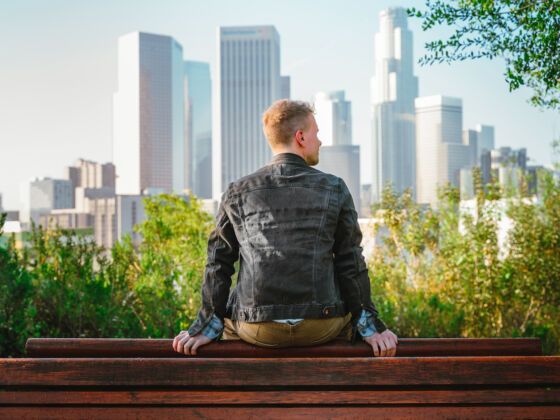The Past
I remember the panic that filled my veins when I saw a man get shot. I should run. Run. Run. My friend’s house was 100 yards in front of me. The man was lying on the ground 50 yards ahead of me, his blood already steeping through the sidewalk like water over bathroom tiles. My house was 500 yards in the opposite direction. The car with the guns was driving away. Run. I ran forward. I called 911.
